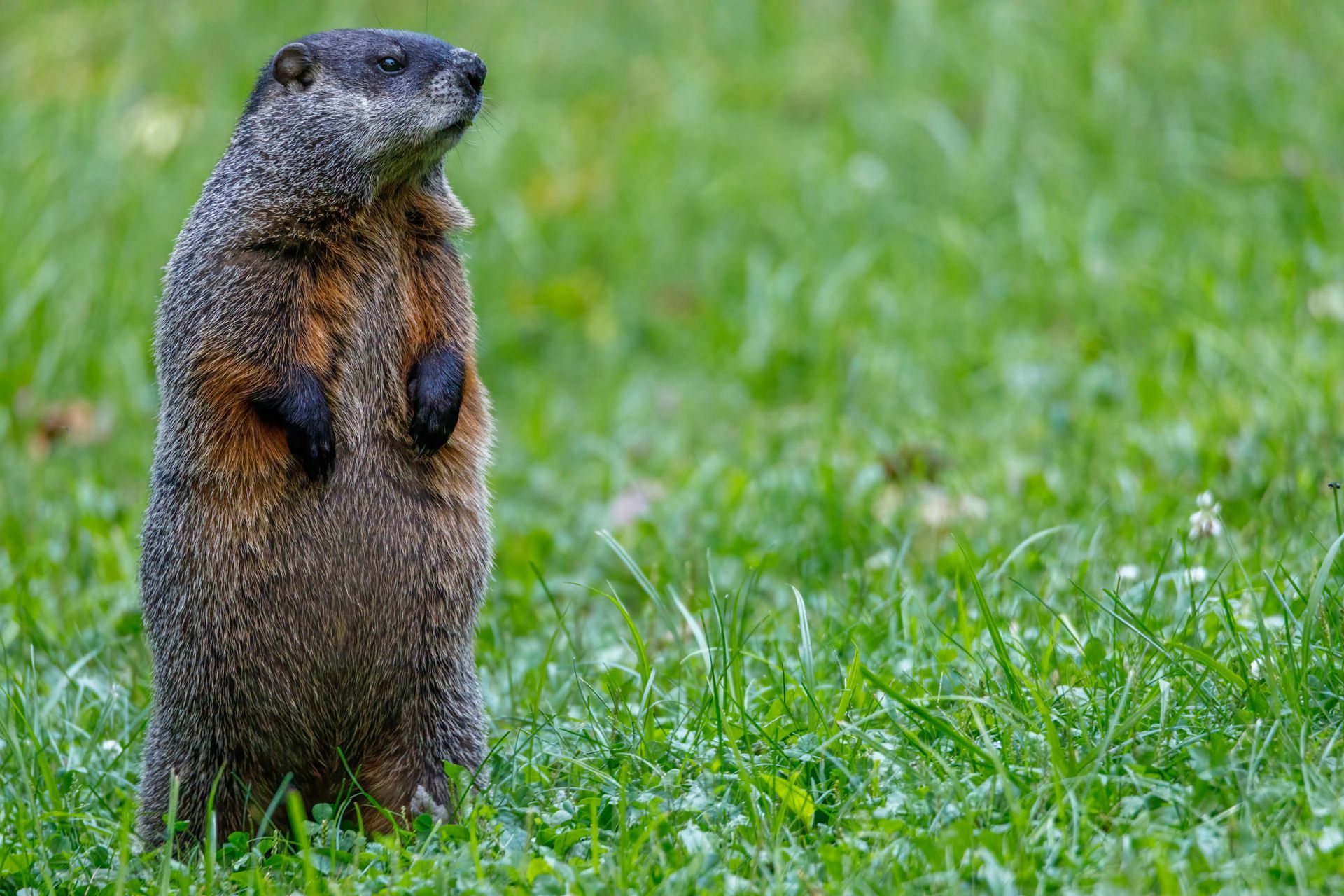Interesting Facts About Porcupines
Interesting animals, yes. Welcome around your home, no.
They're nocturnal and not seen as often as other types of urban wildlife. Even so, porcupines are found all around the world and you might not know as much about them as you think.
Porcupines are Rodents
When we think of rodents, the idea of mice or squirrels usually comes to mind, not a great big animal like a porcupine. In fact, they are actually the third largest rodent in the world, coming after the huge capybara and the beaver. There are two groups of porcupines, generally just known as New World porcupines (North and South America) and Old World porcupines (Asia, Africa and parts of Europe).
They Don't Shoot Quills
The classic image of a porcupine flipping up its tail and letting a barrage of quills loose is not right at all. They do puff up to spread the quills out, as well as shake to make them rattle and to make themselves look bigger to predators. There is no way for them to shoot quills or anything like that. Sometimes loose ones can sort of fall away when they are shaking, giving the impression that they are being fired.
Some Porcupines are Decent Swimmers
Yes, the awkward and ungainly porcupine can be quite at home in the water. Those bulky quills are hollow and are actually very buoyant, helping to keep a porcupine afloat. You'll see swimming behavior more often in the New World species but technically, any porcupine can swim.
We tend to look at a porcupine as a safety threat due to its sharp quills that can cause a fair bit of injury if you (or your pets) get too close. But they are rodents after all, and that means they do a lot of chewing. Normally, they chew on the branches and trunks of trees for food which isn't that big of a deal, though any trees in your landscaping could be at risk.
The bigger problem is when they start to gnaw on fence posts, decks, and even wooden structures like sheds or your garage. They have a particular taste for outhouses because the accumulation of salts in the wood make it extra tasty. They have been known to completely destroy an entire building, often over the winter when food is a bit more scarce than usual.
NEED TO GET RID OF PORCUPINES? CLICK HERE
Decorative Quills
As already mentioned, porcupine quills are hollow, which makes them a natural bead that can be used when the ends are snipped off. They are usually striped in black and white, and have been used in First Nations beadwork for generations.
Quills are not Toxic
Some people fear infection from quill punctures, but there is nothing to worry about. In fact, it's been discovered that they are actually clean and have an antibiotic coating to them that would prevent infection if you get injured. It's believed they evolved this to protect the porcupine itself.
Critter Repellent All Natural Animal Repellent Blog













